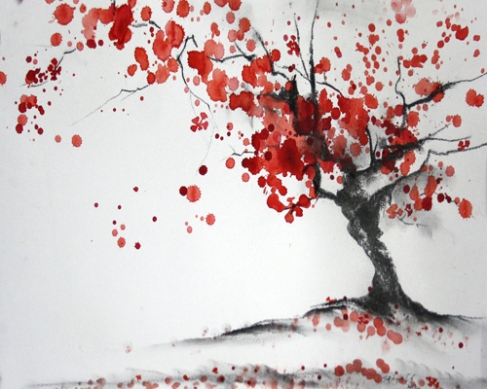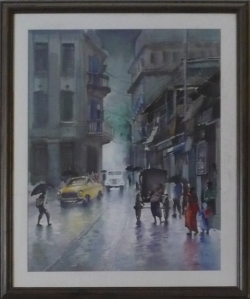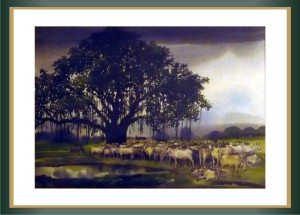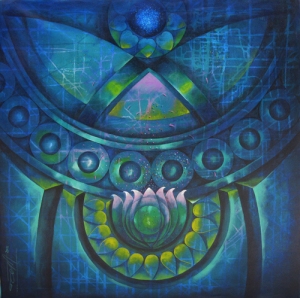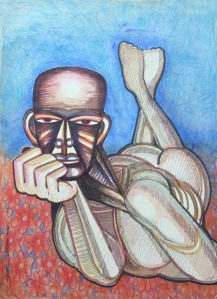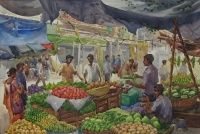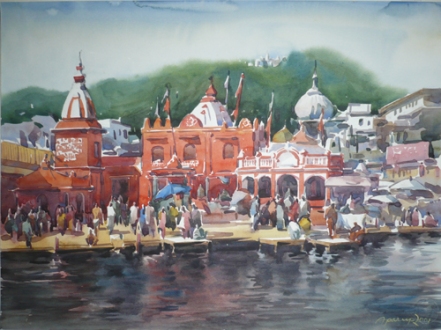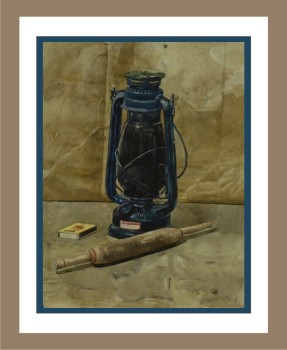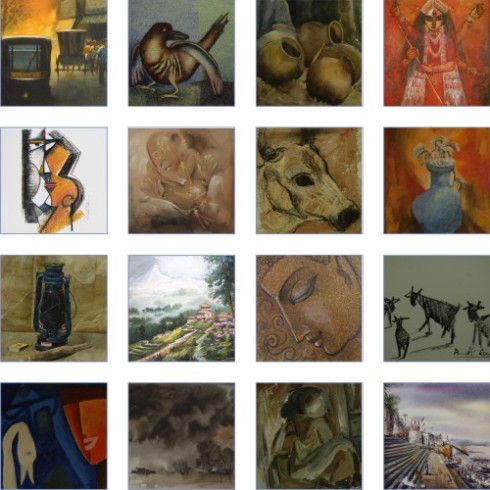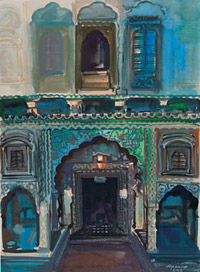She traced her fingers over the newly polished dining table and smiled at the flower arrangement on the centre piece. It looked beautiful. It looked complete -pretty much like how she felt. Sanjana Rao, 38, had completed her fifth interior designing project, successfully. She looked at her wrist watch, still enough time for the clients to get there and have a look; just enough time for a glass of chilled lemonade she had bought in earlier, keeping in mind the hot day. She sat on the beige couch in the living room, and sipped on the lemonade. It refreshed her, it refreshed her memories – she was not always the interior designer she had become today, in fact, things took a turn only three years back.
Growing up, Sanjana had been every parents dream child. Her room would be the tidiest and the neatest, decorated with cut outs of handmade paper, sequined curtains, fresh flower arrangements, patch work bed sheets, hand sewn cushion covers – most of it done by her. Her work was highly appreciated, but making a career out of it was out of the question. “What money will Art and Craft and decorating your home fetch?” “When will you have time for your family?” She wanted to say,” money does not buy happiness.” “Art gives me happiness,” but instead said, “Alright.”
A supporting husband of twelve years and a pair of ten your old twins was all it took Sanjana to move out from a hobby to the business of a professional interior designer. A business based on art, which made her rich – materially and emotionally, it made her confident, it made her smile. Gone were the days when she could not stand up for art, now art stood up for her. She learnt over the years that success does not bring happiness, happiness is success. Art challenged her every day.
She had the power to change houses into homes. She decided colors to suit the room, and the colors that in turn gave an aura to the room, she made a dull house more cheerful, she arranged homes; her creativity resonating through every decision she made regarding the same and every action that she did. She was a super woman in disguise, and she owed it all to Art.
At Artfairie we celebrate art. We celebrate the colors, the emotions it generates, the connection it creates between strangers – we showcase the works of renowned and upcoming Indian artists, making art accessible to a wider audience. We bring in diverse stories, as diverse as the different colors, but when they all merge in; it creates a marvel, a rainbow.
It is art that created history, and it is art that determines a lot of people’s present. It is nothing but important. On a lighter note, it brings us together. It has to be relevant.
Vaishnavi for http://www.artfairie.com

